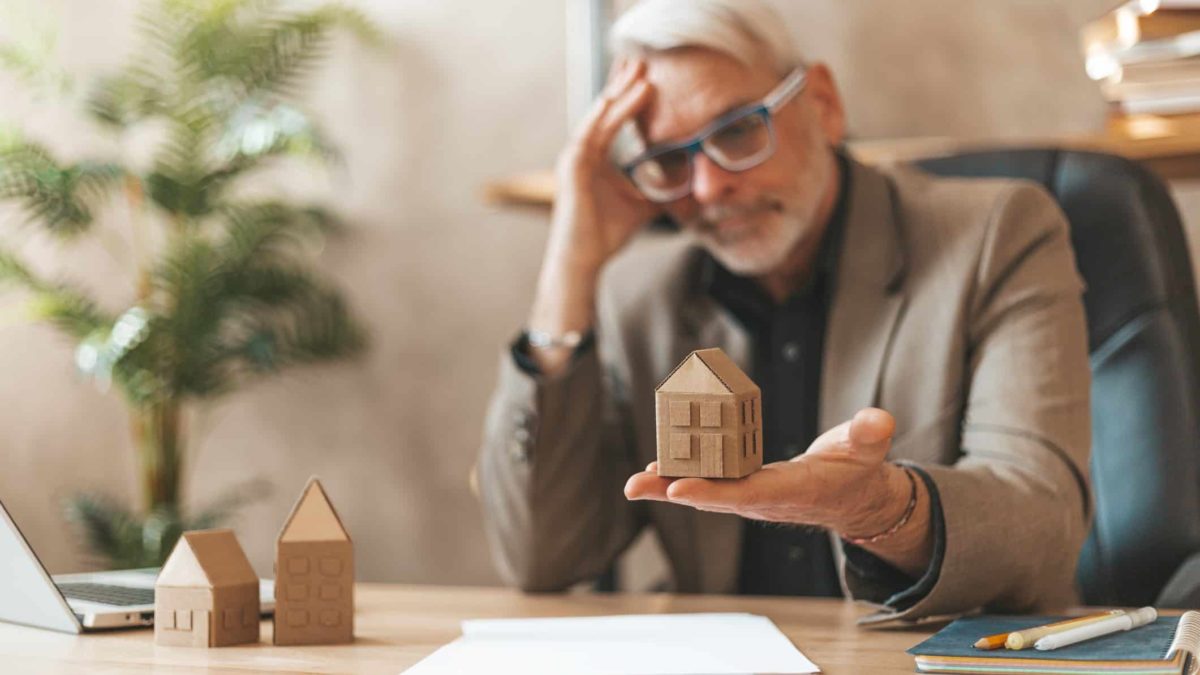ASX bank shares have certainly seen plenty of volatility over the last year.
A sizeable part of the S&P/ASX 200 Index (ASX: XJO) is made up of banks, including Commonwealth Bank of Australia (ASX: CBA), Westpac Banking Corp (ASX: WBC), ANZ Group Holdings Ltd (ASX: ANZ), National Australia Bank Ltd (ASX: NAB), and Bank of Queensland Ltd (ASX: BOQ).
It was roughly a year ago that the Reserve Bank of Australia (RBA) started increasing the official cash rate in Australia. Much has happened since then with the cash rate now sitting at 3.85% after a run of increases.
What's happening in the mortgage market?
The Australian Financial Review reported last week on comments made by one of Australia's leading ASX bank share analysts, Jonathan Mott from Barrenjoey.
Mott has reportedly been conducting a survey with around 1,640 mortgage brokers who are responsible for around 70% of the home loans sold in Australia.
Those surveys showed there are some "mortgage prisoners" who are unable to switch loans. Essentially, this means they no longer meet the 3% serviceability buffer that the prudential regulator requires banks to apply.
The 3% buffer means that hopeful refinancers must be assessed on whether they can afford an interest rate of more than 8%. The survey points to around a quarter of borrowers being stuck in this position.
Mott commented:
We expect mortgage arrears to rise sharply over the next 12 months to 18 months as these customers revert to higher interest rates and these loans 'season'.
It's possible that some borrowers may be able to move onto interest-only loans, while others could extend their loan periods. Though some banks may encourage customers to sell their properties. Certainly, Mott believes a rise in impairments is likely:
However, in our view, it is inevitable some customers will not be able to meet their higher repayments and a rise in credit impairment will likely be seen.
That said, we believe it will take until around the end of this calendar year until we have a good indication as to how severe this impairment cycle is likely to be.
Bank growth could be hampered
Another issue facing banks, according to Mott, is that around a quarter of (possible) borrowers can't get the size of loan they want so they're "staying out of the market entirely". This leads the bank analyst to suggest the current recovery in house prices is being "driven by a relatively small number of wealthier customers buying more expensive homes".
Mott points to the survey of brokers that shows around half of their customers would go to a new lender when their cheap fixed-rate loans end. It's also likely some banks are offering sizeable discounts to keep these borrowers.
The analyst thinks credit growth will fall from 8% in May 2022, to between 2% to 3%, impacted by those people who can't get a loan. Mott also suggested banks' net interest margins (NIM) will keep falling as ASX bank shares offer discounts to retain existing borrowers.
Interestingly, Westpac, CBA and NAB have recently ended cashback incentives to borrowers. This could signal that competition in the banking sector is waning and that NIMs may stabilise.
We'll have to wait and see how bank loan books perform over the next 12 months during this uncertainty.









